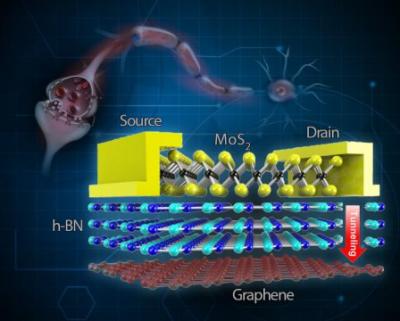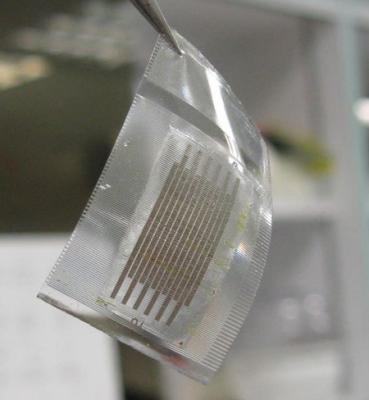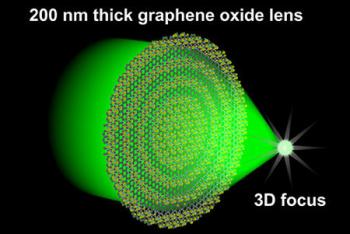Graphene enables stretchable reliable memory device for next-gen electronics
Researchers at the Korean IBS, in collaboration with Sungkyunkwan University, have designed a novel graphene-based stretchable and flexible memory device for wearable electronics.

The team has constructed a memory called two-terminal tunnelling random access memory (TRAM), where two electrodes, referred to as drain and source, resemble the two communicating neurons of the synapse in the brain. While mainstream mobile electronics use the so-called three-terminal flash memory, the advantage of two-terminal memories like TRAM is that two-terminal memories do not need a thick and rigid oxide layer. While Flash memory is more reliable and has better performance, TRAM is more flexible and can be scalable, according to the team.






